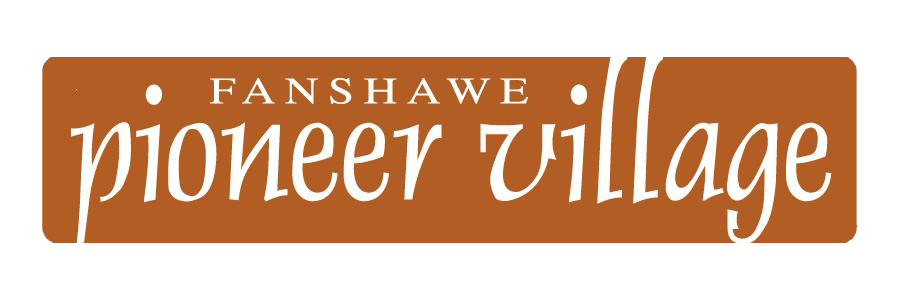Dr. Jones House
Original Building
Downie Township
Perth County
Circa 1880
This house, formerly known as Miller House, was originally built by Keith Lee around 1880. Brothers Robert and Dorrington James Miller bought the property in 1899, and by 1908 Dorrington, commonly called James, was the sole owner. In 1921, the Miller family moved out of the house and back to James’ father’s neighbouring farm when James’ brother became ill. The Upper Thames River Conservation Authority took over the Miller property and house in 1965 to facilitate the building of the Wildwood Dam reservoir at Trout Creek. It was decided that the Miller property would be a good addition to the Village and the building was relocated in 1967.
In 2014, the house was reinterpreted as Dr. Jones’ House to represent the typical home of a rural doctor. Displays include the doctor’s office, pantry, medical instruments and kitchen surgery.
Dr. Jones House is unusual for houses of its era in that neither plumbing nor electricity were ever installed. By the start of the 20th century, both these services were becoming common. But even as indoor toilet facilities became affordable and available, some people held off because it was considered unsanitary to have a toilet inside the house!
Dr. William Anson Jones was born in Clandeboye, Middlesex County, on December 21, 1867. He obtained his medical degree from Trinity Medical College in Toronto, and opened his first practice in Michigan in 1890. He returned to Clandeboye in 1894 and ran his practice from his home until 1912. He cared for patients throughout the region, and travelled from house to house by horse and buggy.
Although more people were moving to urban areas in the late 19th and early 20th century, most communities were rural and relatively isolated. Hospitals were generally only found in larger cities, which meant doctors were essential in rural areas. Rural doctors were always busy, as they could be called upon at all hours to minister to patients both in their own home or sometimes miles away. On average, the annual income of a rural doctor between 1890-1920 was $2,000-3,000, with two thirds of that often being paid in goods.
Herbal Medicines
By the early 20th century, the use of herbal medications by doctors had declined significantly as new pharmaceuticals became readily available. The popularity of herbal remedies, however, lingered longer in rural and traditional populations, especially in the context of family remedies passed on from one generation to the next. In fact, most patients only sought medical assistance after trying many of their own homeopathic treatments.
Though medicinal herbs would have been available commercially, a medicinal garden would have been a key component of a rural doctor’s practice. The doctor’s family would have been expected to help maintain the garden and learn the healing properties of the plants grown there.













